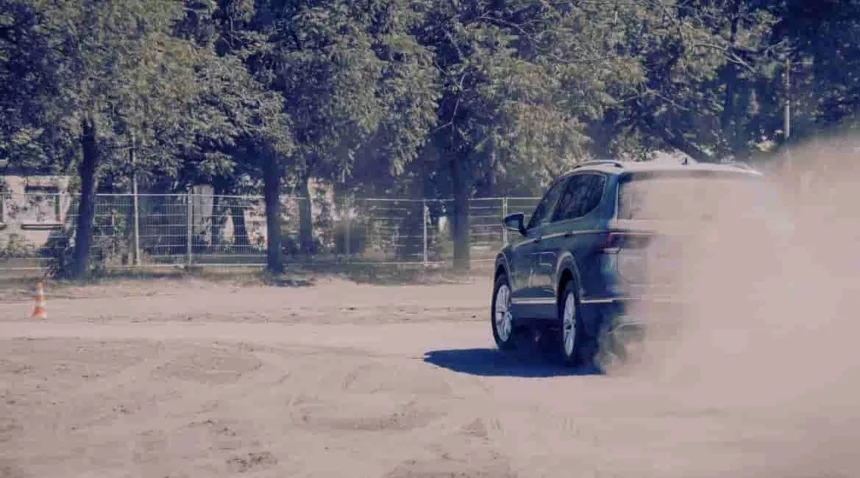Buying a car is a significant investment, and it’s crucial to make an informed decision. While online reviews and dealership brochures can provide valuable information, nothing can truly replace the experience of getting behind the wheel and taking the car for a test drive.
A test drive allows you to assess the car’s performance, comfort, and overall suitability for your needs. In this article on IchieTech, we will delve into the importance of test-driving a car before making that pivotal purchase decision.
Why Is a Test Drive So Important?
There are numerous reasons why a test drive is an indispensable part of the car-buying process. Here are some of the key benefits:
- Assess the car’s performance: Test driving the car allows you to evaluate the car’s handling, acceleration, braking, and overall performance. You can try different driving conditions, such as city streets, highways, and even off-road terrain, to get a comprehensive feel for the car’s capabilities.
- Evaluate comfort and ergonomics: Test driving the car provides an opportunity to assess the car’s comfort level. Check the seating comfort, adjustability, and overall ergonomics. Ensure the controls are easily accessible and that you have a comfortable driving position.
- Identify any potential issues: Test driving the car can help you identify any potential issues with the car, such as strange noises, vibrations, or unusual handling characteristics. These issues may not be apparent from simply looking at the car or reading specifications.
- Compare different models: If you’re considering multiple car models, test driving each one will allow you to compare their performance, comfort, and overall feel. This comparison can help you narrow down your choices and make an informed decision.
- Ask questions and get feedback: During the test drive, don’t hesitate to ask questions about the car’s features, technology, and any concerns you may have. The salesperson can provide additional information and help you assess the car’s suitability for your needs.
What to Do During a Test Drive
During the test drive, focus on evaluating the car’s various aspects:
- Adjust the seat and mirrors: Ensure a comfortable driving position and clear visibility.
- Familiarize yourself with the controls: Locate and operate the various controls, including the turn signal, wipers, and lights.
- Test the acceleration and braking: Experience the car’s power and stopping capabilities.
- Drive on different surfaces: Drive on city streets, highways, and different types of roads to assess the car’s handling on various terrains.
- Test the infotainment system: Use the infotainment system to evaluate its features and ease of use.
- Check the visibility: Assess blind spots and rearview mirror effectiveness.
- Listen for unusual noises: Pay attention to any unusual noises, vibrations, or performance irregularities.
- Ask questions: Don’t hesitate to ask the dealership representative any questions you may have about the car.
What to Consider During a Test Drive
To make the most of your test drive, it’s essential to be prepared and know what to look for. Here are some key aspects to consider:
- Driving conditions: Choose a test drive route that reflects your typical driving patterns. If you primarily drive in city traffic, test the car in urban settings. If you frequently travel on highways, include highway sections in your test drive.
- Different driving scenarios: Try different driving scenarios, such as merging, parking, and manoeuvring in tight spaces. This will give you a better understanding of the car’s handling and capabilities in various situations.
- Pay attention to details: Be mindful of the car’s interior and exterior details. Check the visibility, noise levels, climate control system, and any other features that are important to you.
- Ask questions and clarify doubts: Don’t be afraid to ask questions about the car’s features, technology, or any concerns you may have. The salesperson should be able to provide clear and informative answers.
After the Test Drive
Once the test drive is complete, take some time to reflect on your experience:
- Consider your overall impressions: Assess whether the car meets your expectations and preferences.
- Compare to other cars you’ve tested: Evaluate the car against other models you’ve considered.
- Discuss your observations with the dealership representative: Share your feedback and any concerns you may have.
- Make an informed decision: Based on your experience and research, decide whether to proceed with the purchase or continue your search.
Conclusion
A test drive is an essential part of the car-buying process. It allows you to experience the car firsthand, and assess its performance, comfort, and overall suitability for your needs. Skipping the test drive can lead to buyer’s remorse and potential regrets down the road. Take the time to test drive the car you’re considering before making a final decision. It’s an investment worth making.










